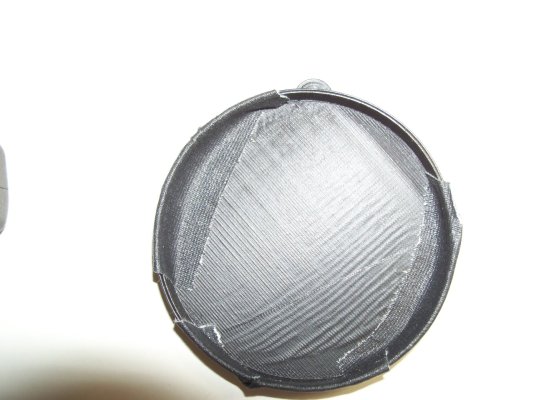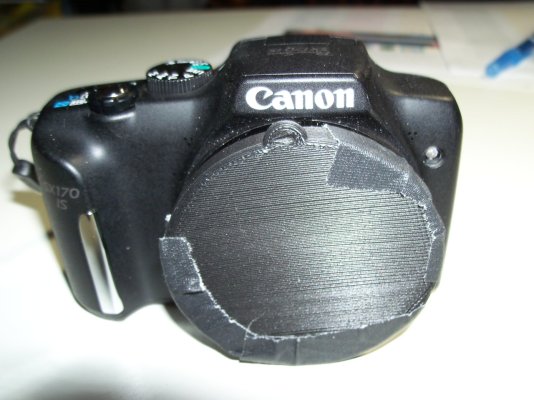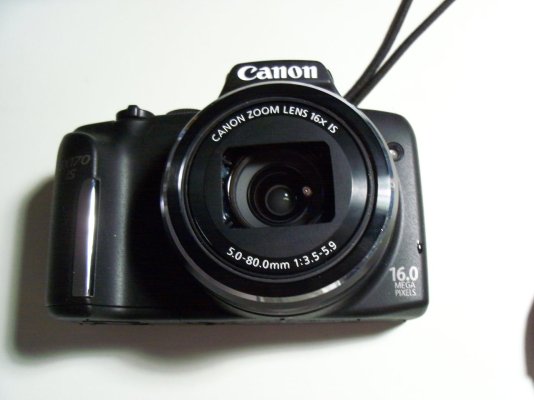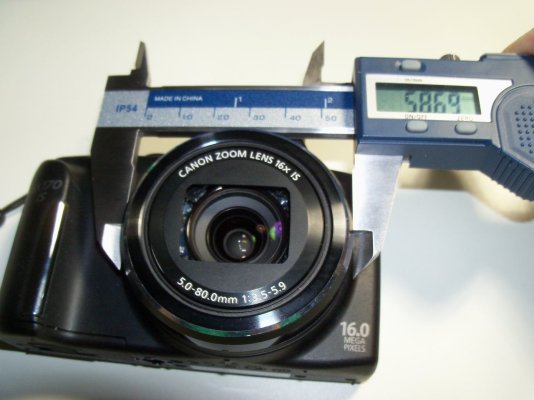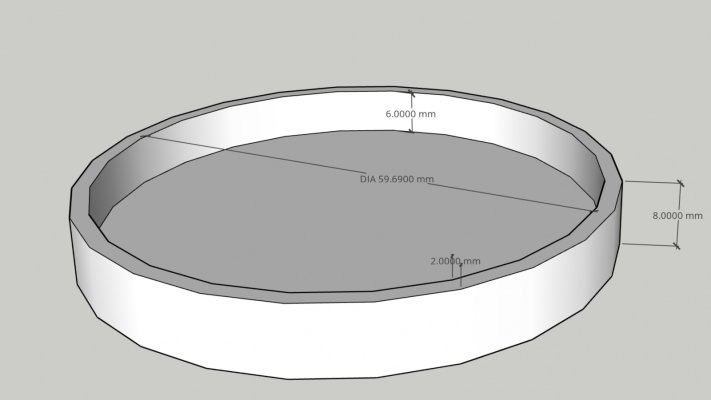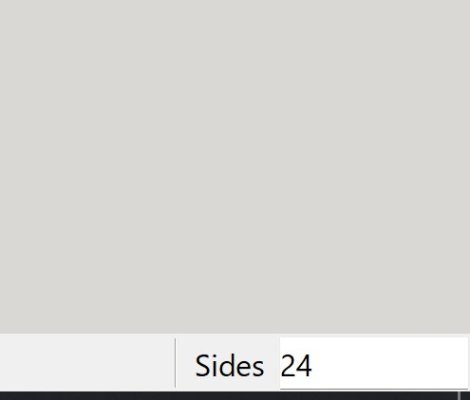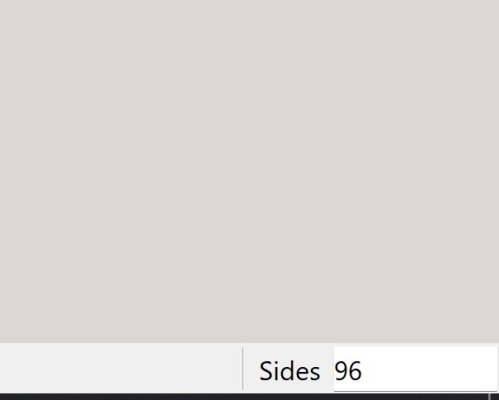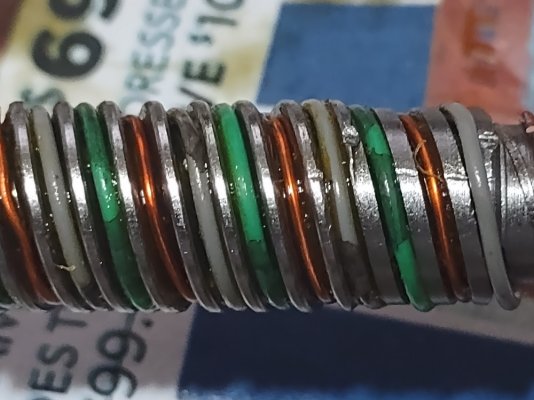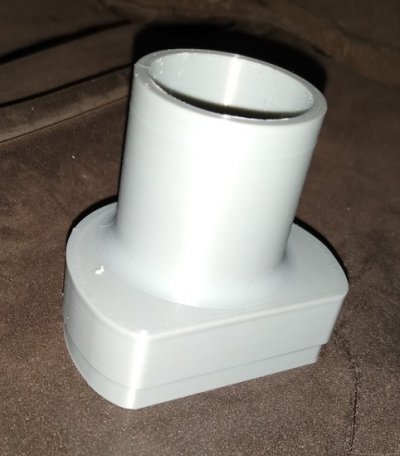upupandaway
Recycles dryer sheets
- Joined
- Jul 22, 2019
- Messages
- 138
Just a thought but if you get a rubber band and cut it to the ID of the cap and glue it on the inside you may be able to save it and have a nice fit. The breakage you saw is because it was thin and could also be poor layer adhesion from the printer not being tuned perfectly. The easiest fix is to make the outside thicker so more material exists to bond to each other. FYI this type of 3d printing is always weaker on the plane between the layers. Good printing and stronger materials like ABS can help this or annealing but that is a whole other conversation.

